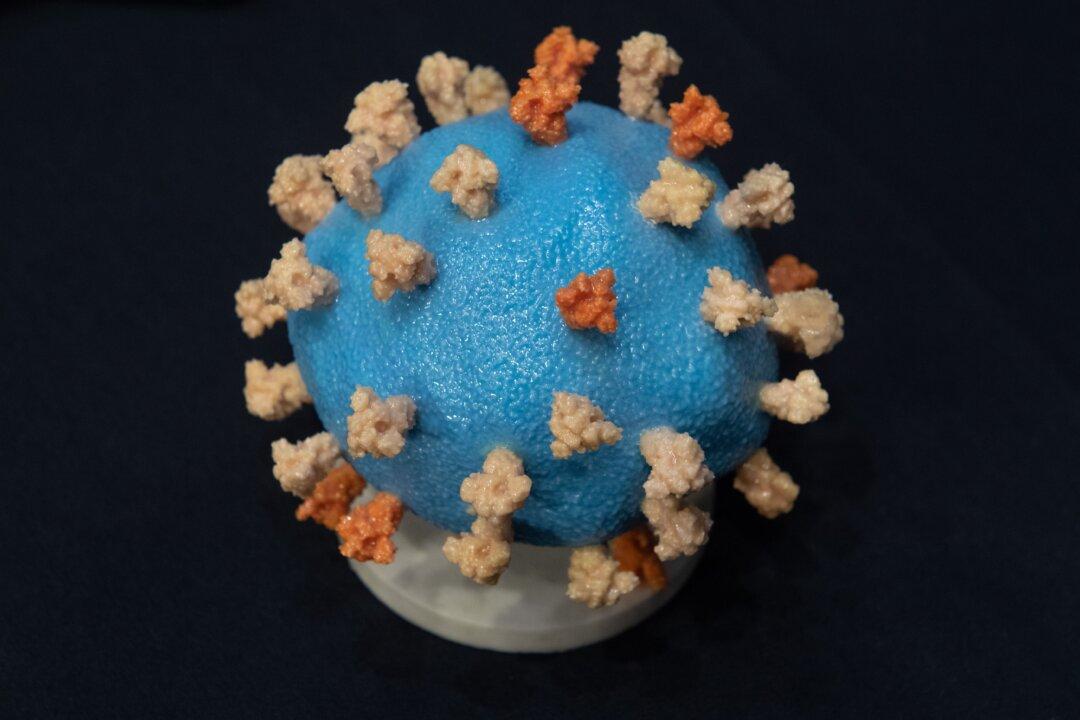Researchers said in a newly published preliminary study that one of Omicron’s dozens of mutations likely arose when the variant picked up a bit of genetic material from another virus, possibly one that causes the common cold, potentially making the new strain more transmissible yet milder in impact.
The study, which has not yet been peer reviewed and was published on Dec. 3 in OSF Preprints, found that Omicron is the only CCP (Chinese Communist Party) virus variant to contain an “insertion mutation,” dubbed ins214EPE, which the researchers said is likely of human genomic or viral origin.





